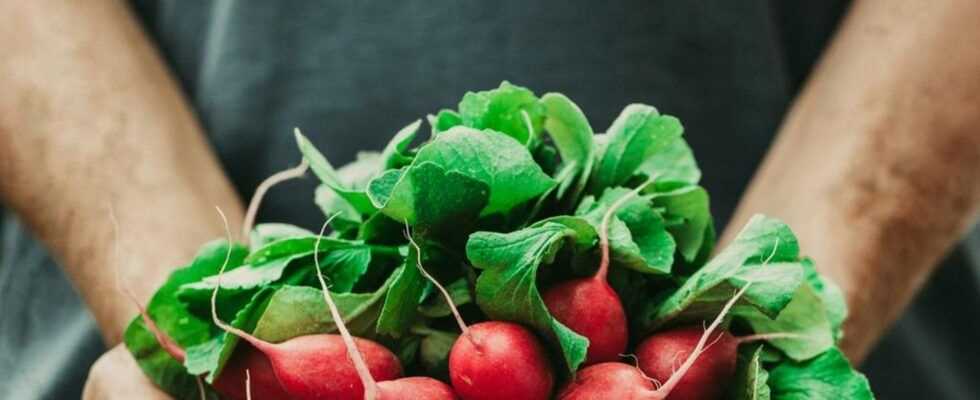Certain types of vegetables are particularly good at autumn temperatures. These plants can still be planted in September.
Autumn does not mean the end of gardening – on the contrary. Many types of vegetables can still be grown in September and are ready for harvest in October. Most plants even benefit from the lower temperatures.
radish
If you grow radishes in autumn, you should rely on a fast-growing variety. If you plant the seeds in a sunny spot, they will still thrive without much effort. After only four weeks, the radishes are ripe for the harvest – and thus for the salad plate.
salad
Speaking of lettuce: many varieties make their big debut in autumn. There is room in the vegetable patch for endive, frisée salads, and lamb's lettuce. The autumn weather has a big advantage: Due to the lower temperatures, there is hardly any risk of the lettuce "shooting". The lettuce quickly forms flowers through heat. The metabolism changes and bitter substances develop in the leaves.
Kale
Kale belongs on the plate, especially in the winter months. However, it is grown in autumn. The vitamin C bomb should be sown by September at the latest. The robust vegetable is persistent, frost-resistant and hardly susceptible to diseases or parasites. In late November it is time to harvest.
Turnips
Like the kale, the turnip is one of the winter vegetables. About eight weeks before the first frost it should find a place in the bed. Turnips even thrive below freezing point; it only becomes critical at temperatures below minus six degrees. The usual harvest time for turnips is late October or early November.
cauliflower
Cauliflower is particularly vulnerable to pests in summer. Growing in autumn brings a larger harvest. It can take up to 30 days to develop into a ready-to-plant seedling, so the seeds should be preferred now. The plant belongs in the ground by the end of the month at the latest. Harvest time is eight to twelve weeks.
Carrots
Carrots are known as a spring or summer vegetable. But they can be grown all year round. When it's cold, the beets begin to convert their starch into sugar. That is why they taste sweeter in autumn than their summer predecessors. The beets can be eaten three months after growing.
